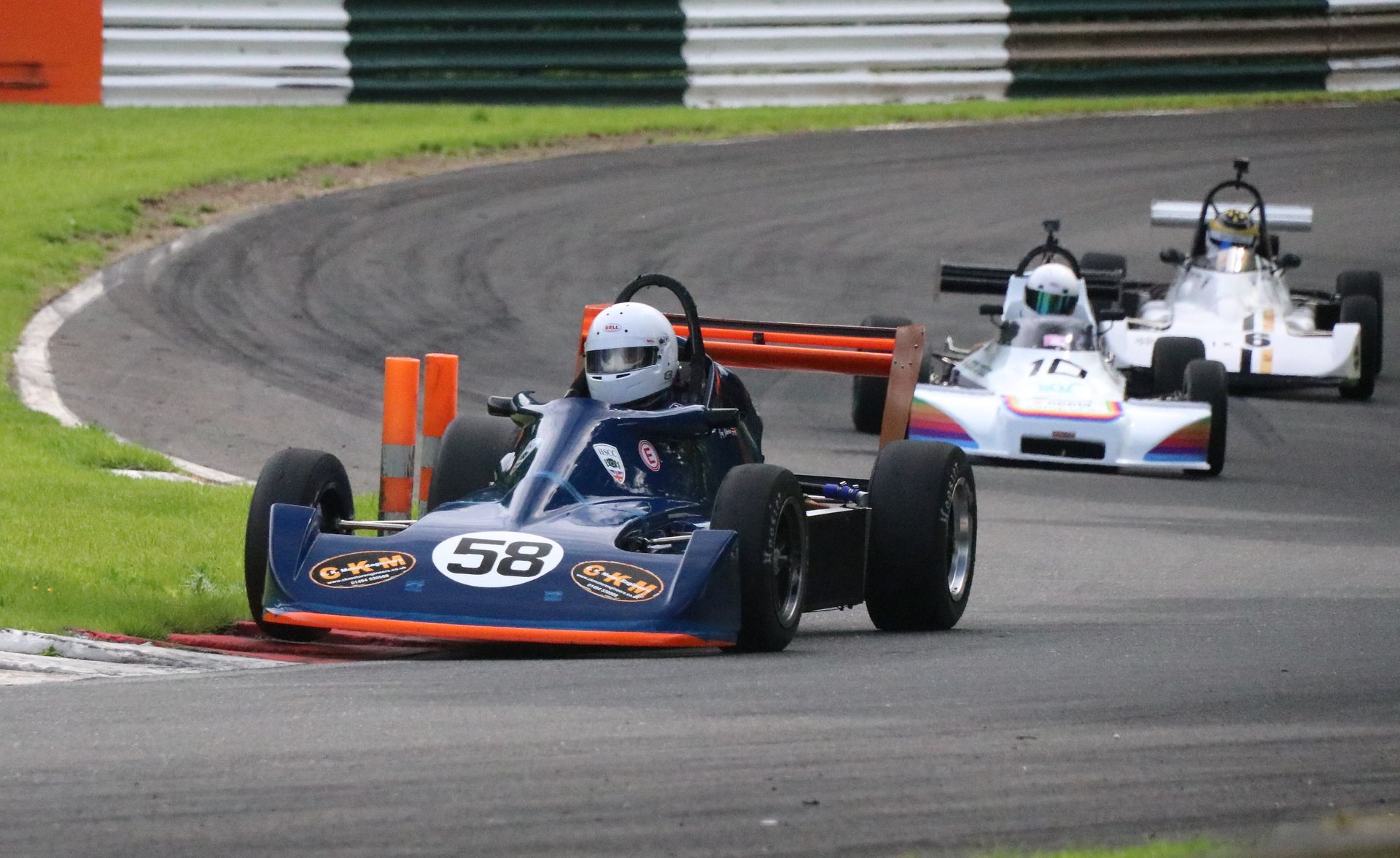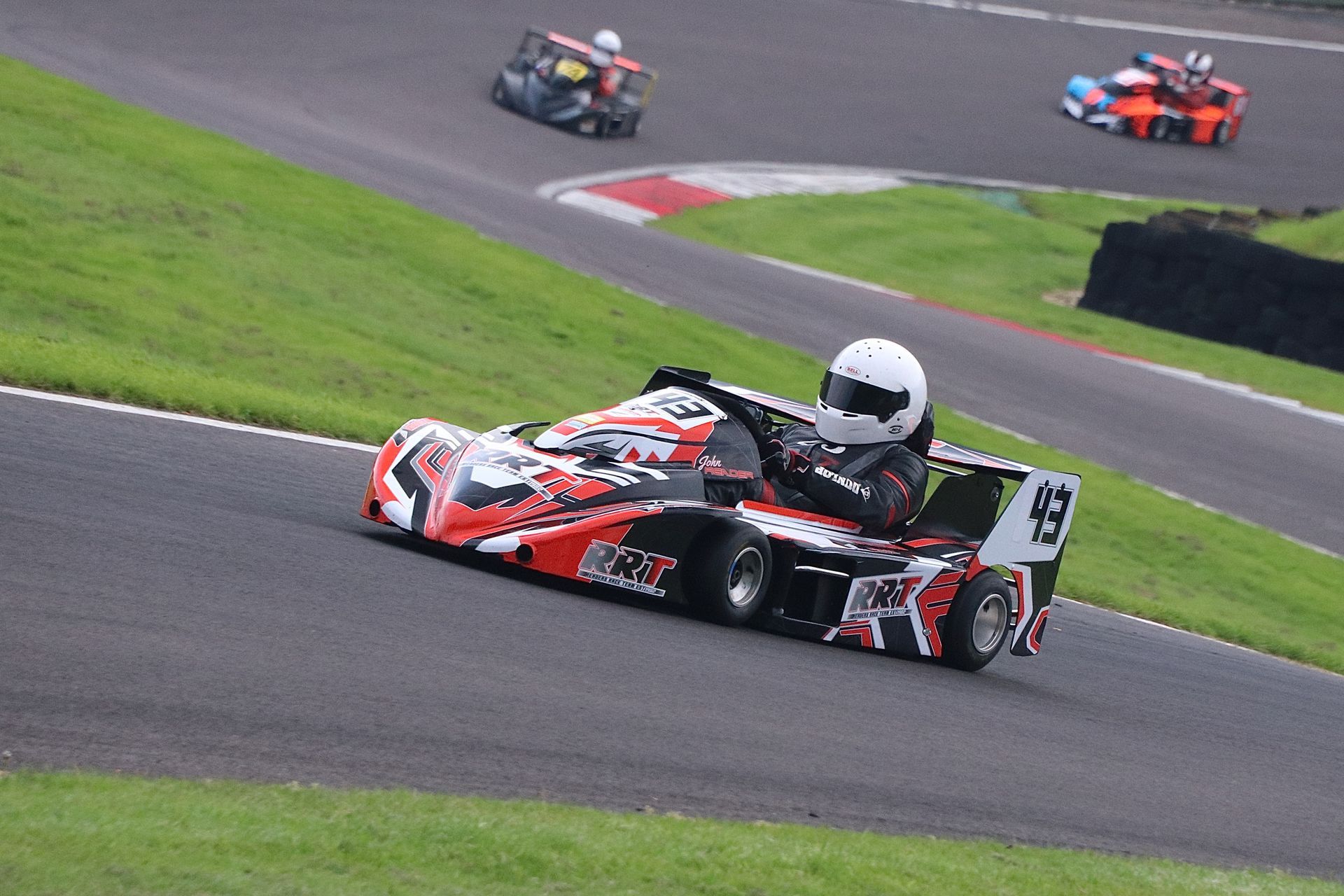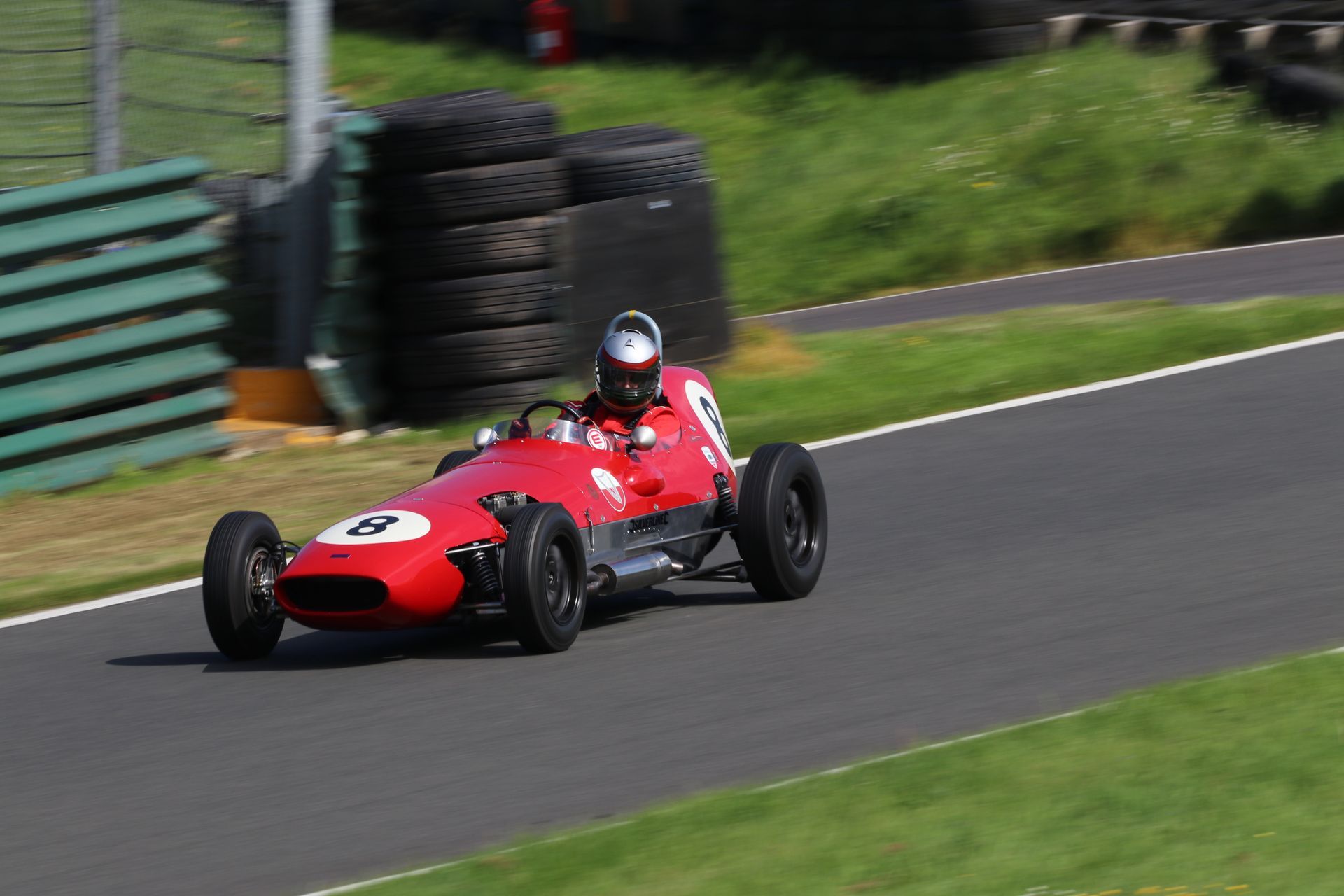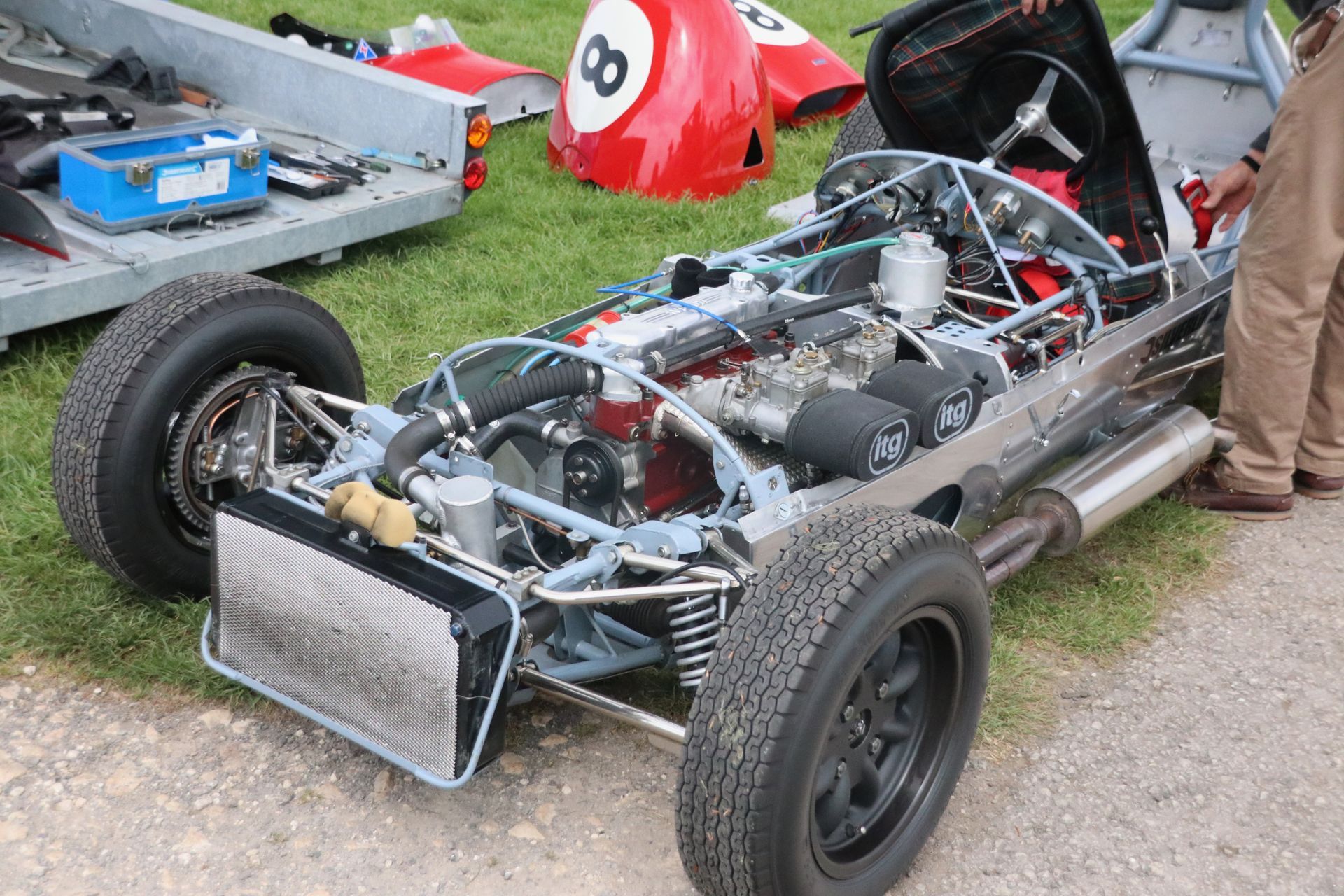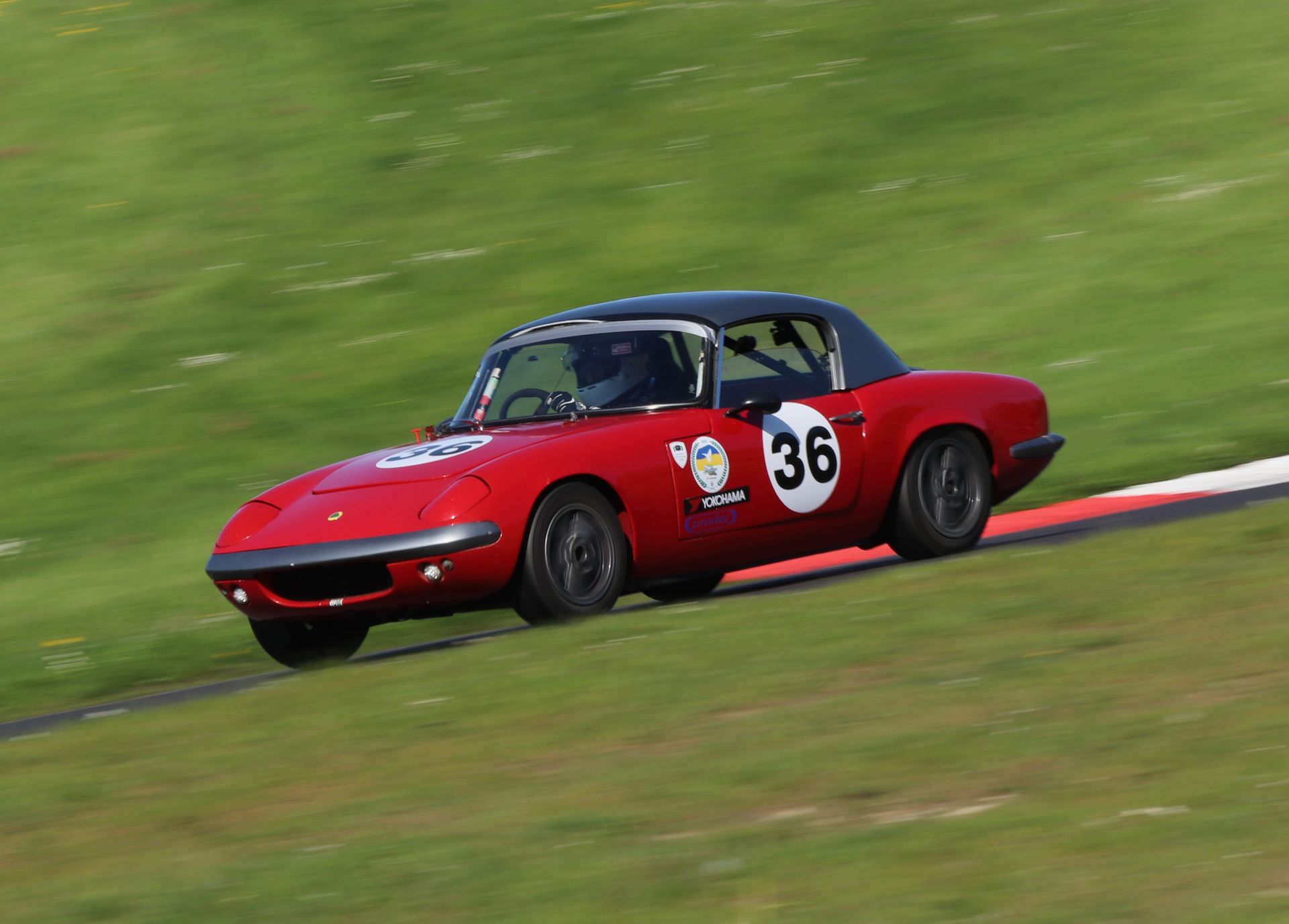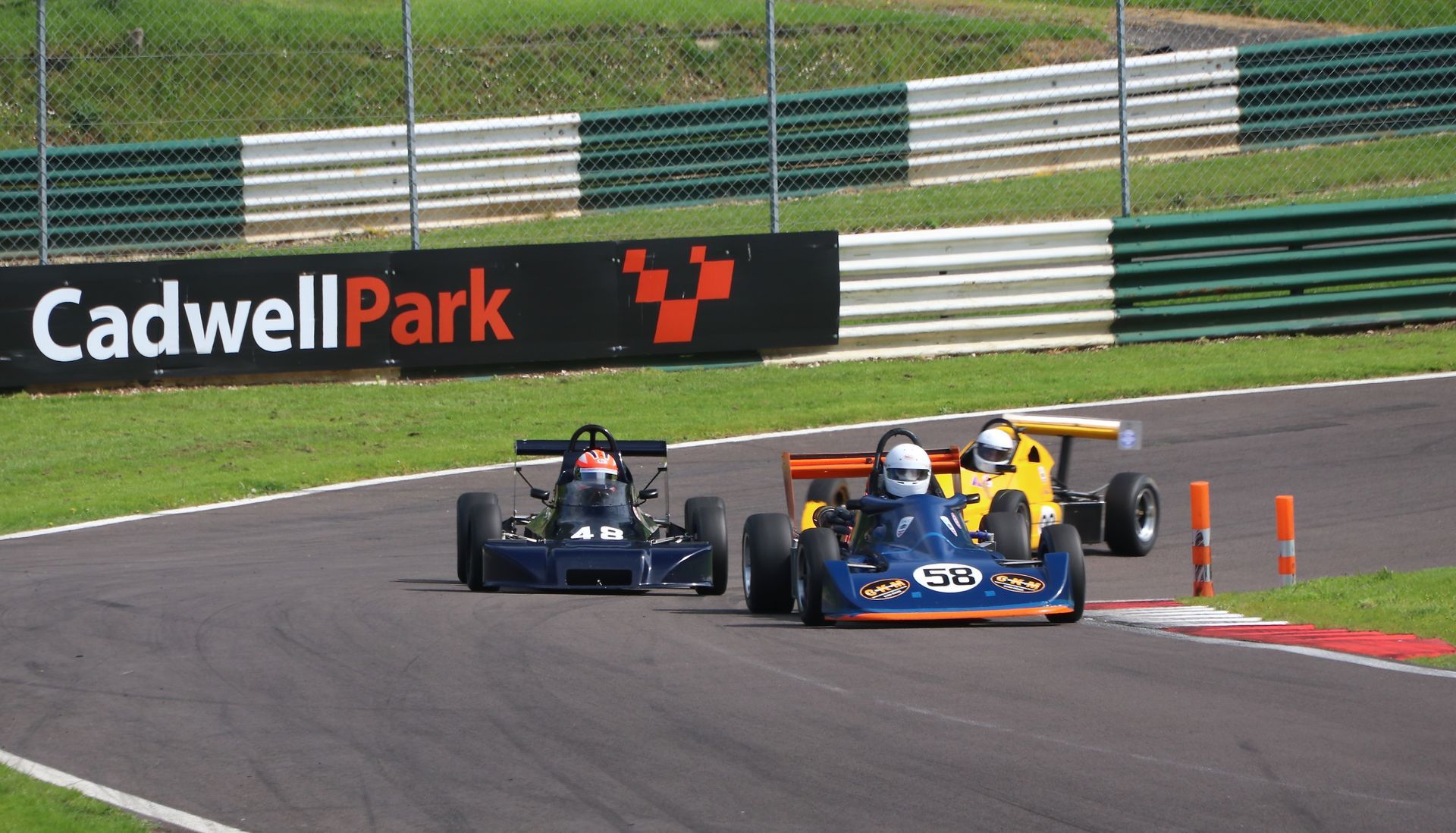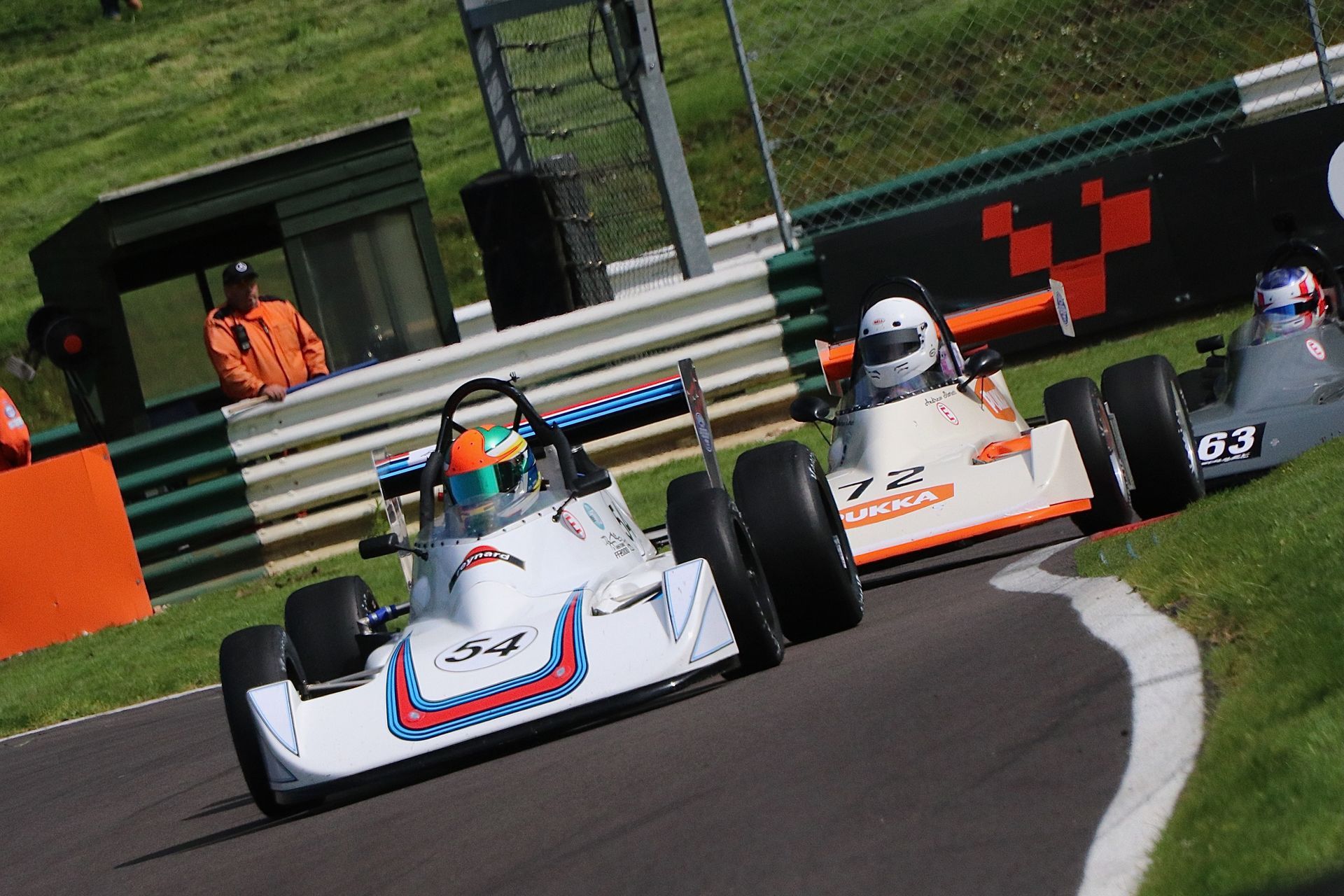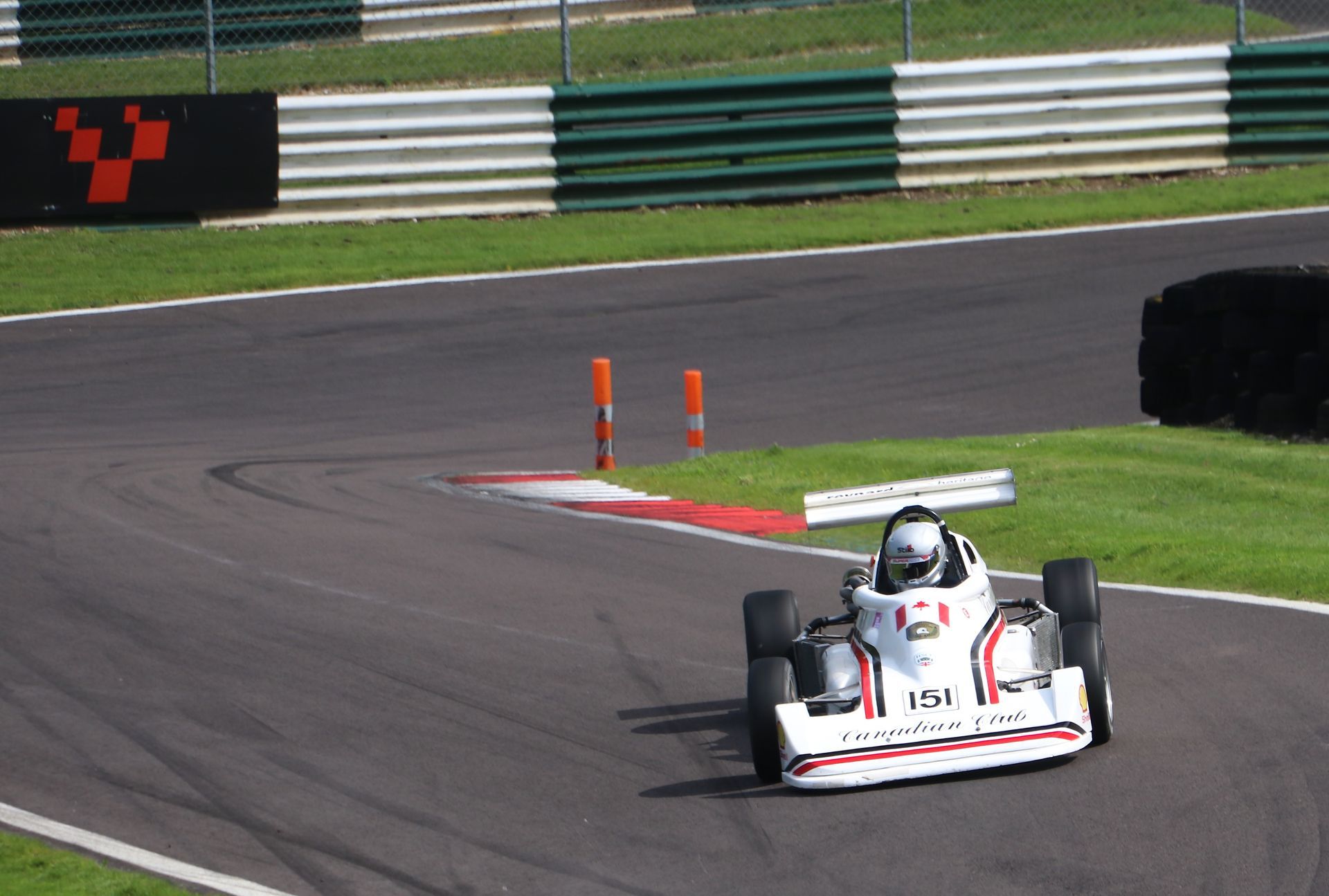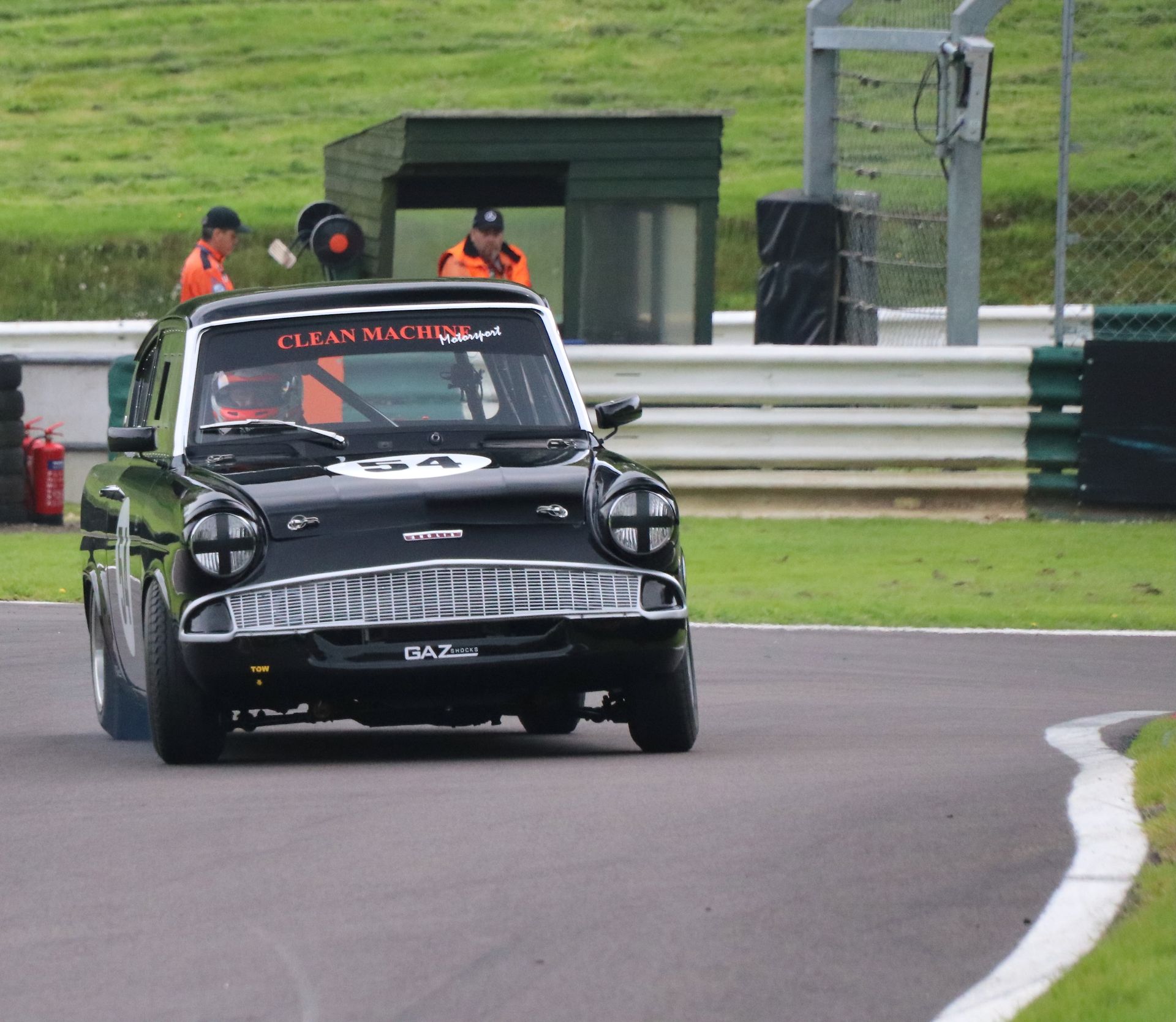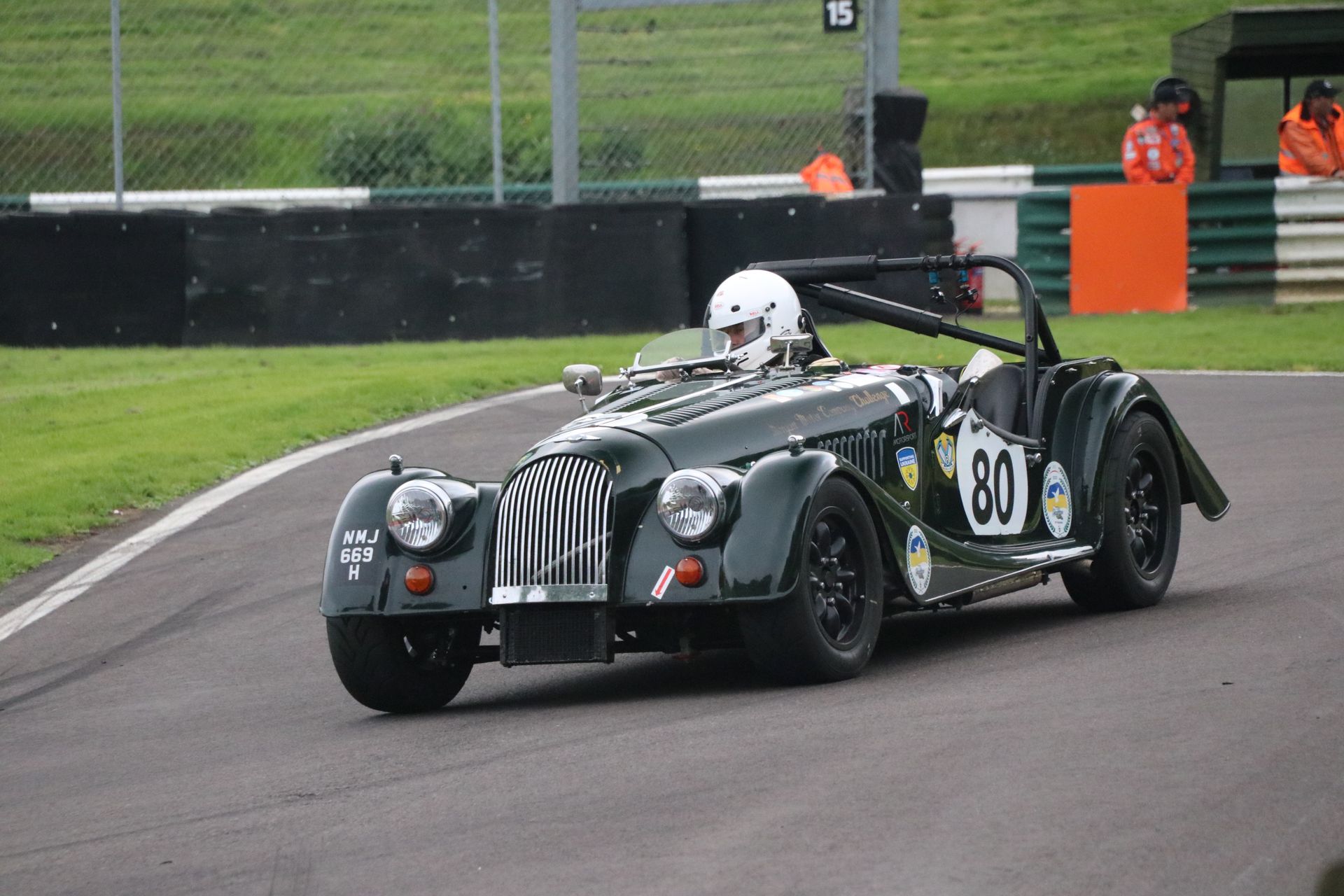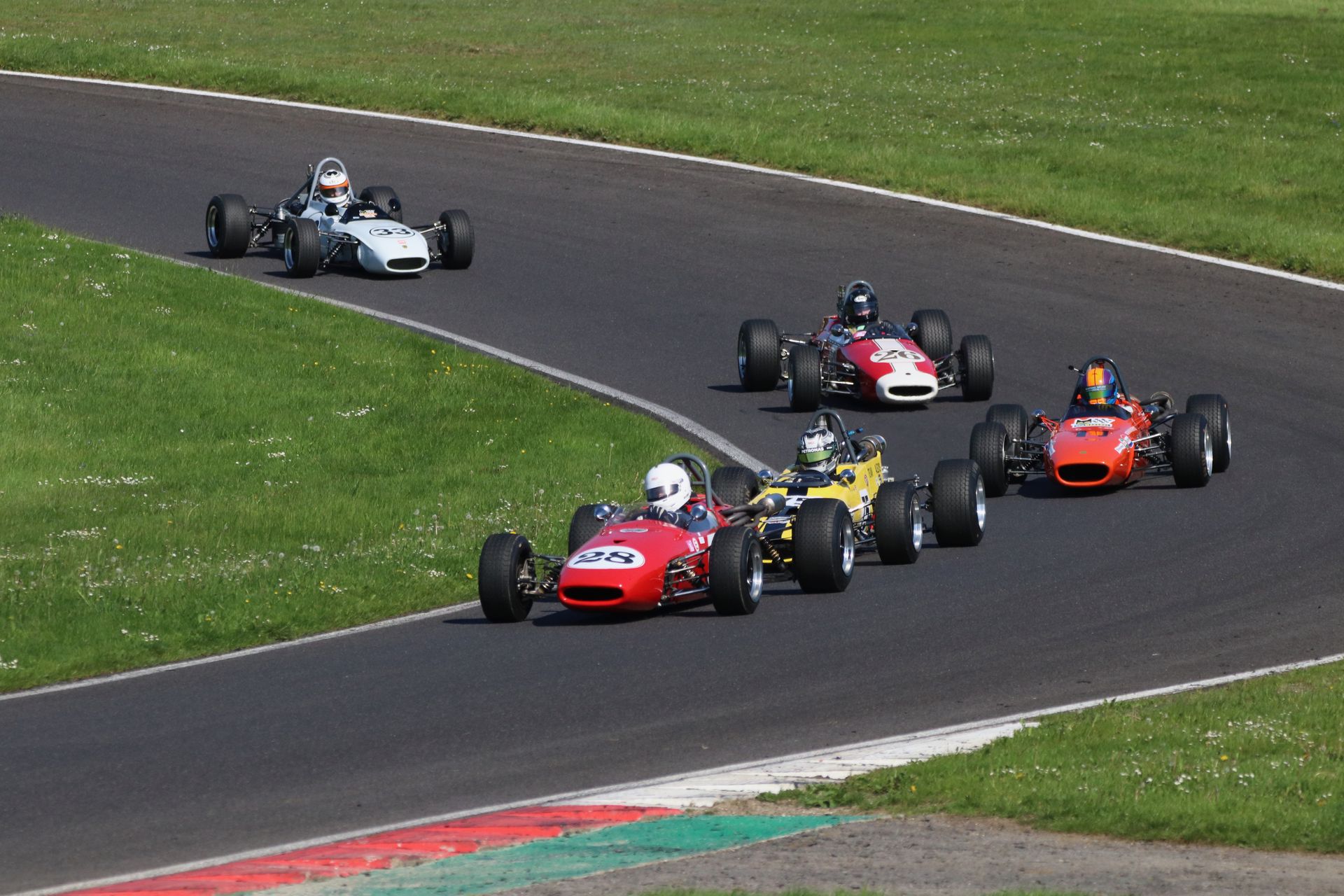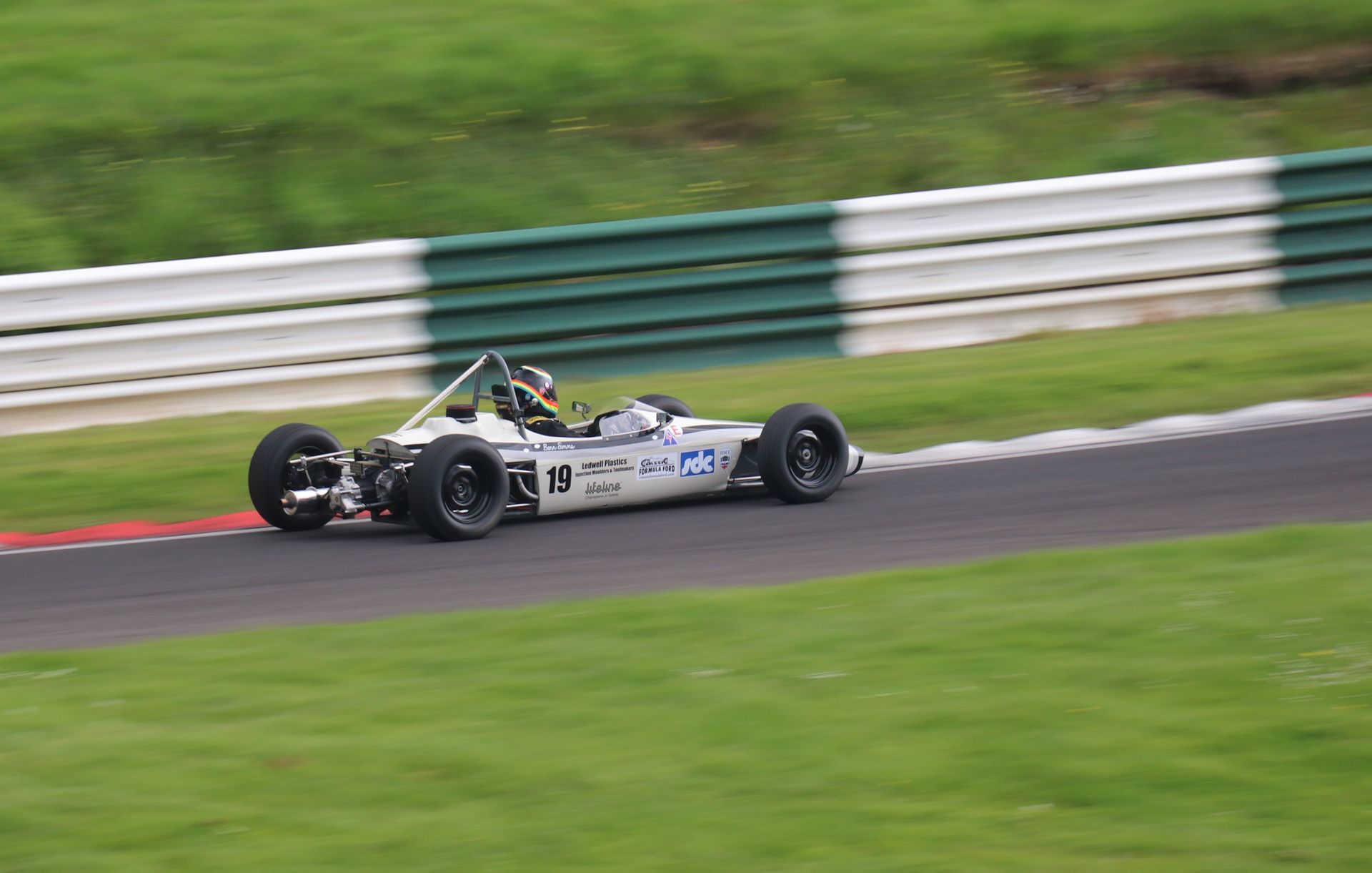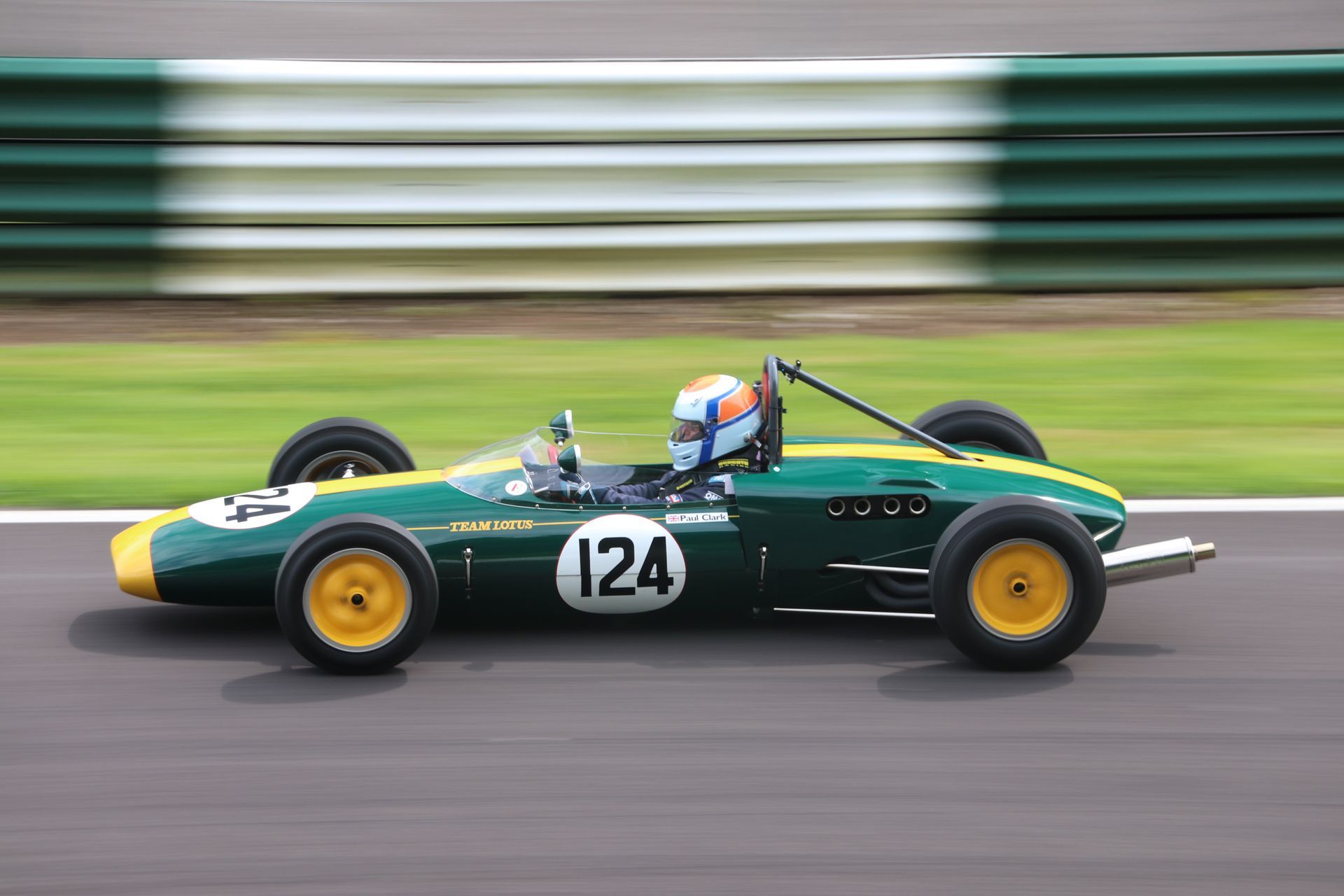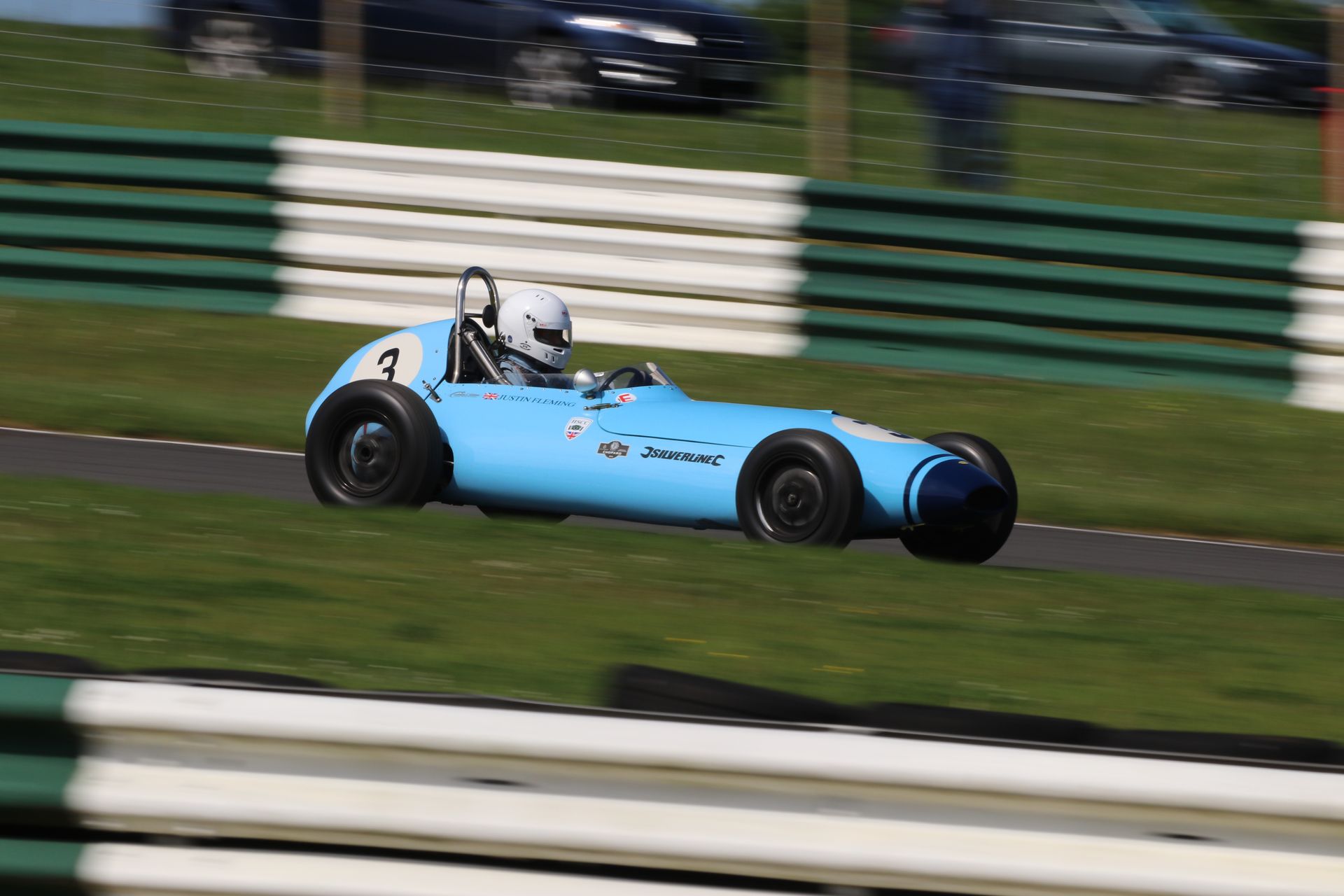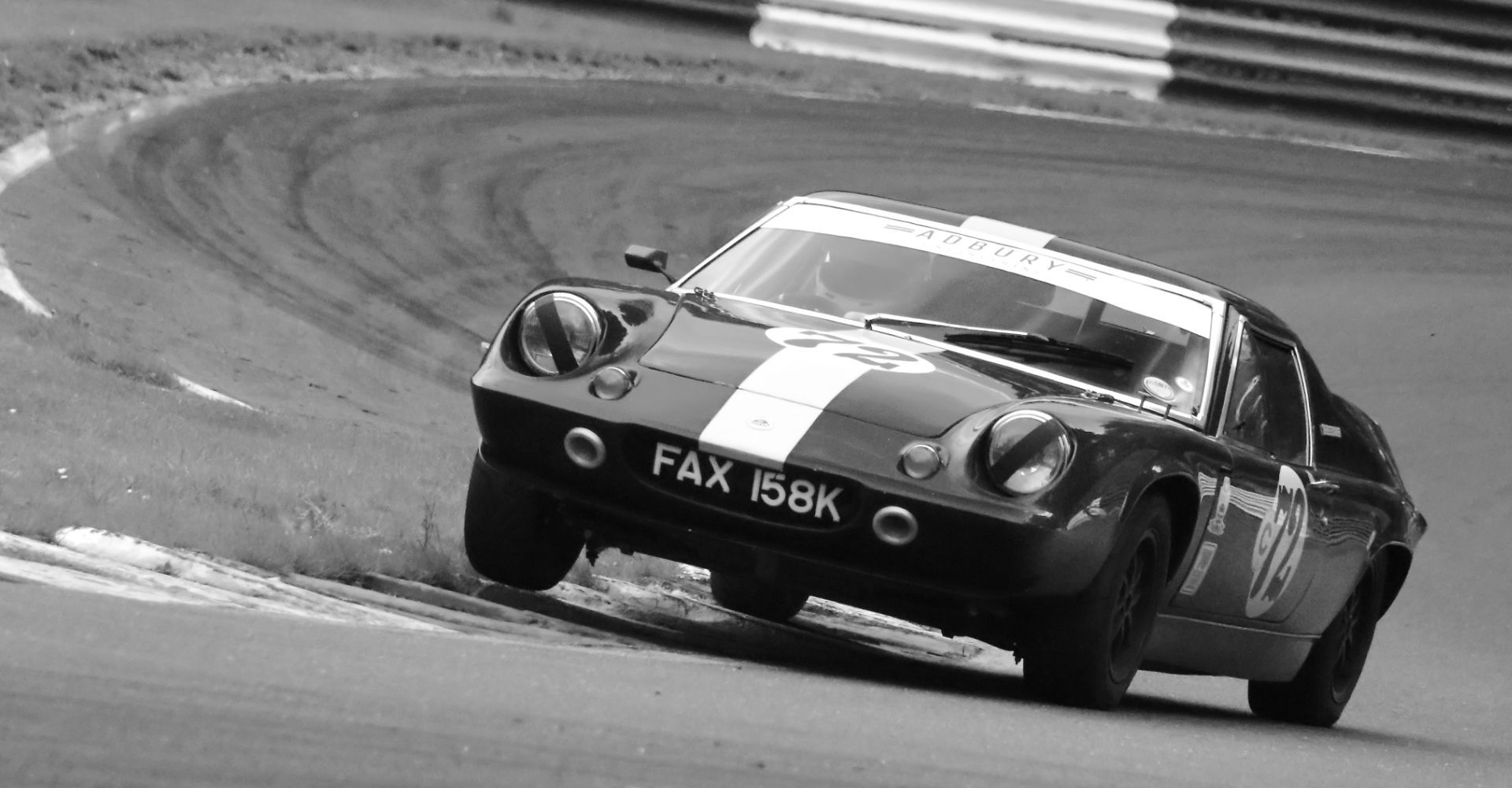
Historic Sports Car Club (Wolds Trophy) – Cadwell Park
Report by :DEEGEE: Motorsport Photography
18th – 19th May 2024
I was torn between a visit to Donington Park for the third round of the 2024 Bennetts British Superbike championship and the Wolds Trophy organised by the Historic Sports Car Club at Cadwell Park this weekend, but after being critical in my report of the 2023 event at the mini-Nurburgring I felt I should re-visit to, hopefully, give a balanced view of affairs.
The Wolds Trophy is usually a popular event on the HSCC calendar. The undulating, unique nature of Cadwell Park being the highlight of the HSCC season for many of those taking part.

Rounds three and four of the Historic Formula Ford 2000 Championship topped the bill at Cadwell on a poignant weekend for Ayrton Senna.
Arguably the greatest ever Formula 1 driver he lost his life just over 30 years ago at Imola, where this weekend’s F1 Grand Prix was being held.
The Cadwell “Wall of Fame” which can be viewed close to Hall Bends, includes reference to Senna, who on his last appearance at the Lincolnshire circuit while taking part in qualifying for the British Formula 3 Championship lost control of his vehicle negotiating the infamous Mountain, this resulted in him not starting the race.
Historic Formula 3 racing is still going strong and was included in the weekend programme in what is the 60th Anniversary season for this marque.

Historic Formula Ford, Junior, Road Sports, Modsports and Touring Cars completed a varied historic line-up in the race programme, with Superkarts, competing for the “King of Cadwell” crown, adding an interesting twist to proceedings.
Arriving at the circuit at 9 am on Saturday, the circuit was shrouded in mist, but there was the promise of some sunshine breaking through later in the morning, so I was looking forward to a day of photography.
For those competing this was the second meeting of their respective championships this year, Snetterton having hosted the opening two rounds of most of the classes on show.
The Historic Sports Car Club will also be holding meetings later this year at Donington Park (June), Brands Hatch and Oulton Park (July), Croft (August) and two rounds at Silverstone on the GP circuit (August) and lastly on the National (October) circuit for Finals Day.
The day got underway with some entertaining qualifying sessions, the drivers pushing both themselves and their cars hard in an attempt to get near the front of the grid. Cadwell is very narrow for cars, making overtaking difficult once racing gets underway, so a spot on the front two or three rows of the grid is absolutely essential to make a race win a possibility.
As a consequence the recovery crew were kept busy prior to lunch, with a number of “offs” to take care of.

A 45 minute lunch break provided an opportunity to wonder round the paddock, but “break” for those involved in Historic racing, whether on two, three or four wheels, usually means work, as these older machines invariably need lots of attention.
The Modsports, a group of extraordinary “specials”, the most striking of which was the bright yellow V8 powered Austin A30 driven by Andrew Willis, completed the final qualifying session just after lunch, before the sun finally broke through the low clouds and “racing proper” got underway.
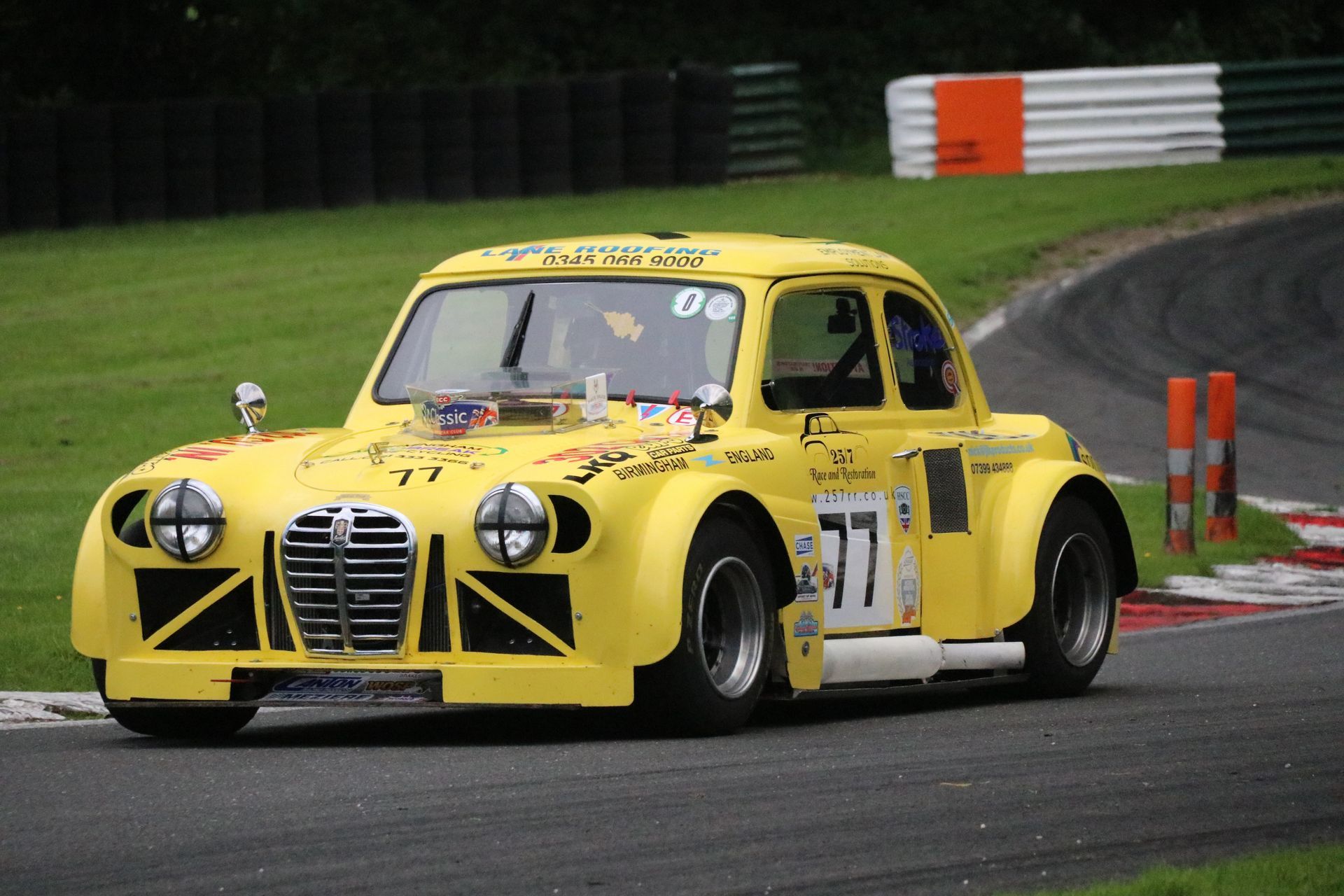
With the sun came an influx of spectators who were thoroughly entertained by the wide range of vehicles on show.
First up were the 70’s Road Sports competitors, who race their near standard sports cars, with only the absolute minimum of modifications to suspension and braking components. The class is so dedicated to standard road going cars that a championship point is given to anyone who drives to the event in the car in which they are competing !!
Next followed the Formula Ford 2000 runners, which running with rear wings and slick tyres, have a passing resemblance to F1 cars. This class is dominated by Reynard cars, who make up almost 75% of the runners.
British Formula 1 stars Damon Hill and Sky Sports commentator Martin Brundle are two well-known drivers who cut their teeth in these cars in their early career.
The Formula Junior Class is made up of both front and rear-engined examples, originally raced in the late 1950’s and early 1960’s, in sufficient numbers to justify separate races.
Providing a contrast to the many open wheel classes on offer were the Historic Touring Cars and Historic Road Sports cars, which race together, and hark back to the 1960’s.
Ford Anglias, Lotus Cortina’s and Austin A40’s competing with a Morgan Plus 8 and Porsche 911’s are a sight to behold, and very entertaining, with lots of screeching tyres and opposite lock in evidence.
Completing the open-wheeler classes were the Formula 3 and Formula Ford 1600 cars, with their skinny tyres and lack of aerodynamic aids, providing a simple and classic look, which is very different to their modern equivalents.
In 2023 I attended the equivalent Wolds Trophy meeting and left bitterly disappointed as a result of the poor grids, both in numbers and quality, and the plethora of red flag incidents that occurred, breaking the flow of the race programme and frustrating spectators.
I felt I owed the organisers another chance and I’m so pleased I did. Full grids, quality cars and competition all down the field proved very entertaining. No red flags, other than in qualifying, and a meeting that was run on a very professional basis and to all intents and purpose, on time throughout.
To round off, the commentator, Alistair Douglas, despite being on his own, was excellent and highly informative. Added to all these positives is a five-star rating for the Race Programme, worth every penny of the £5 cost

Well done to the Historic Sports Car Club. I’ll definitely be back next year to capture the action.

